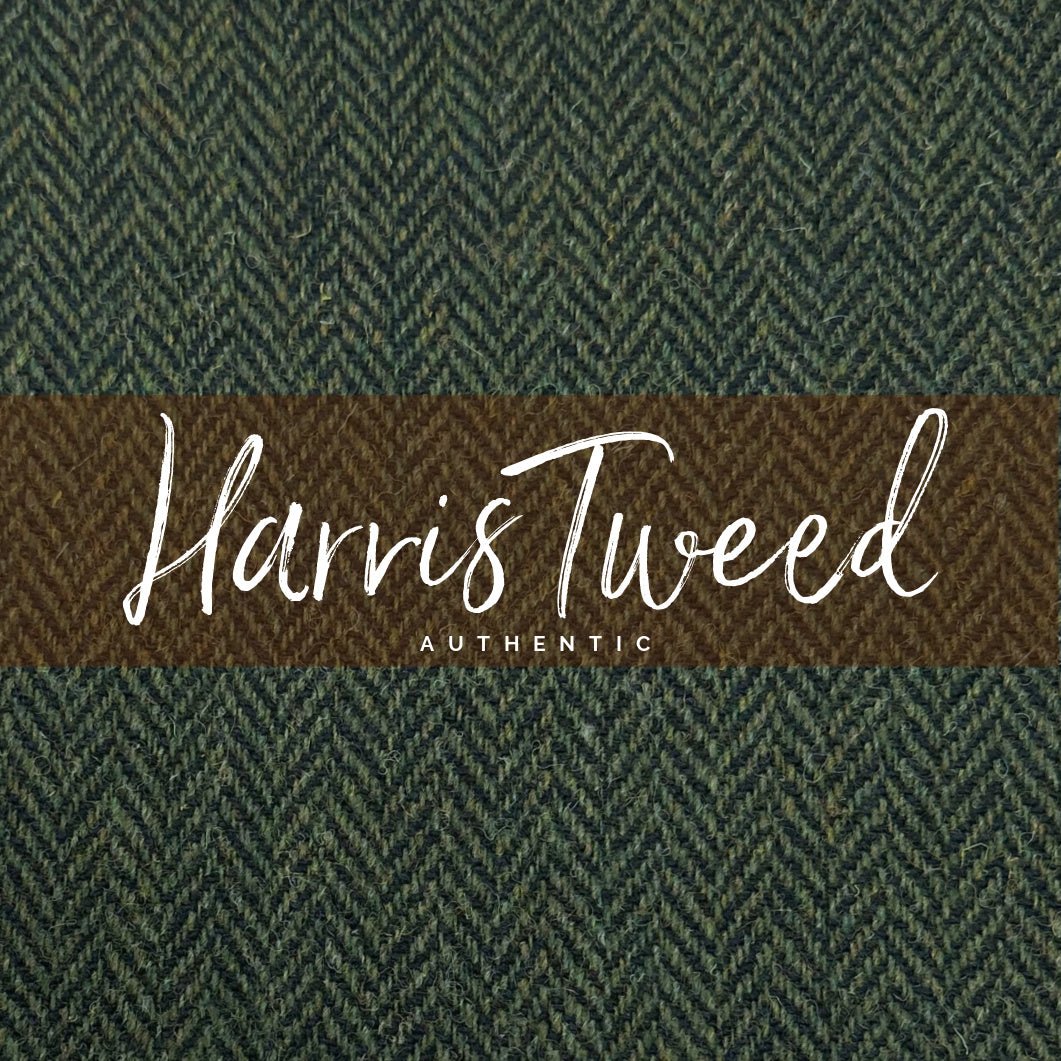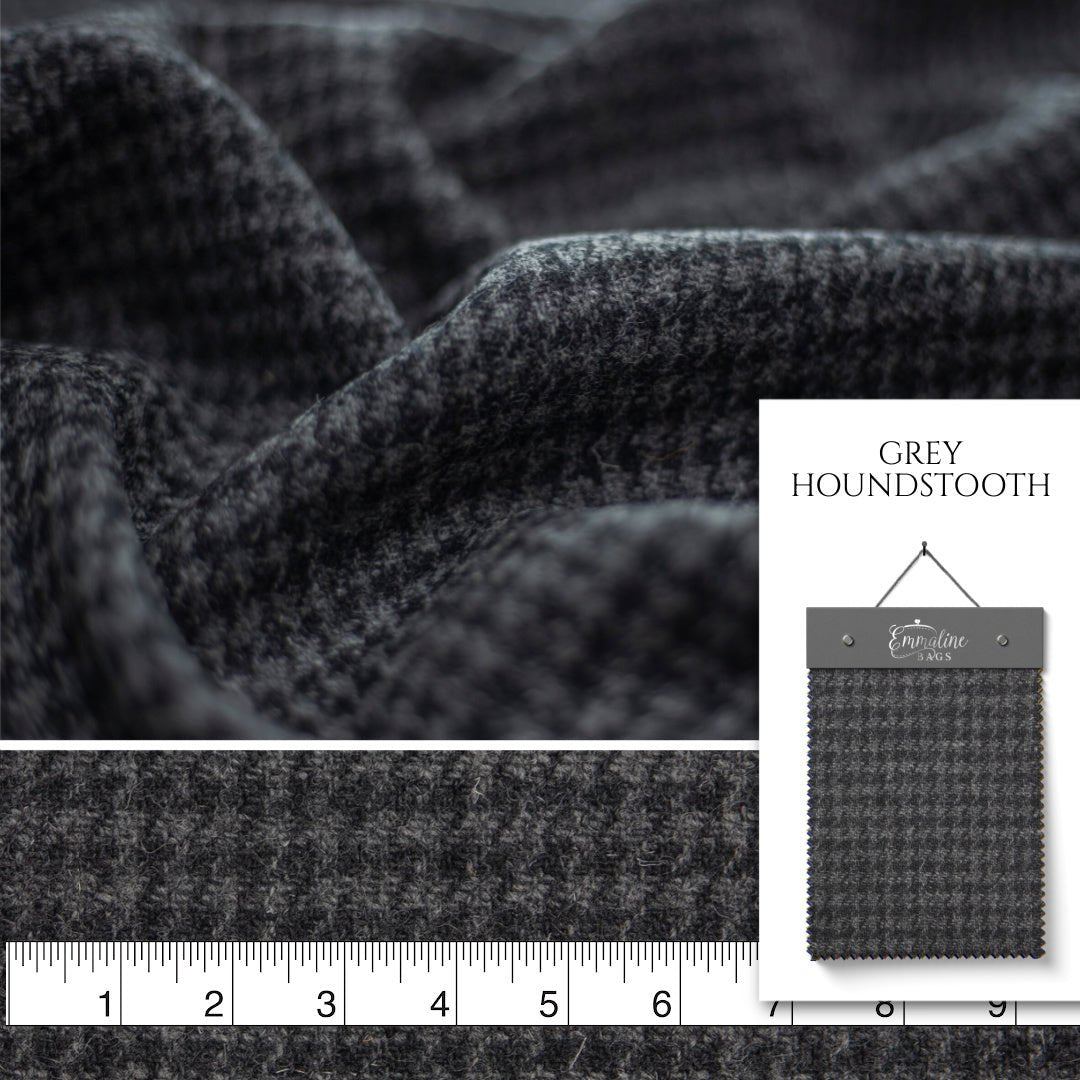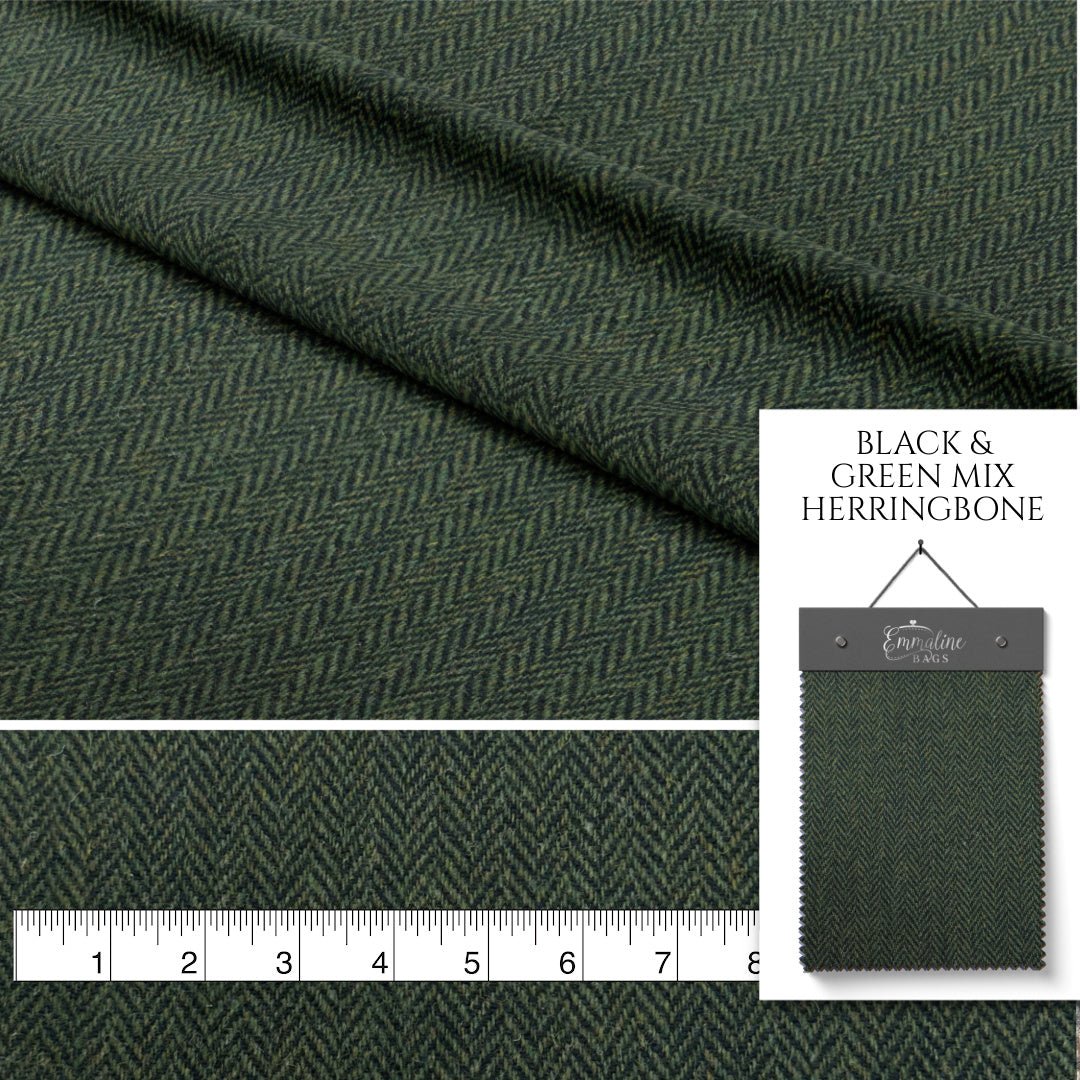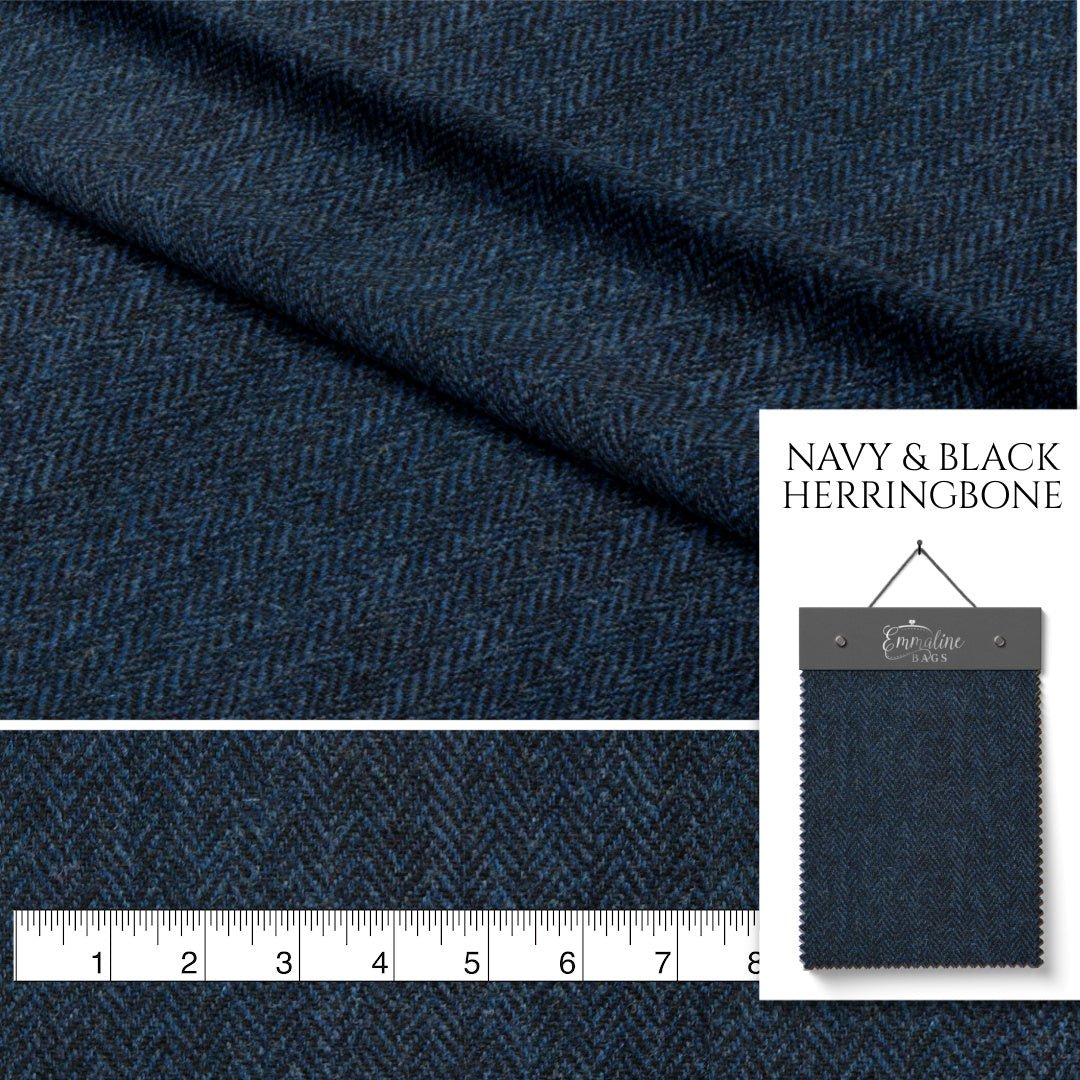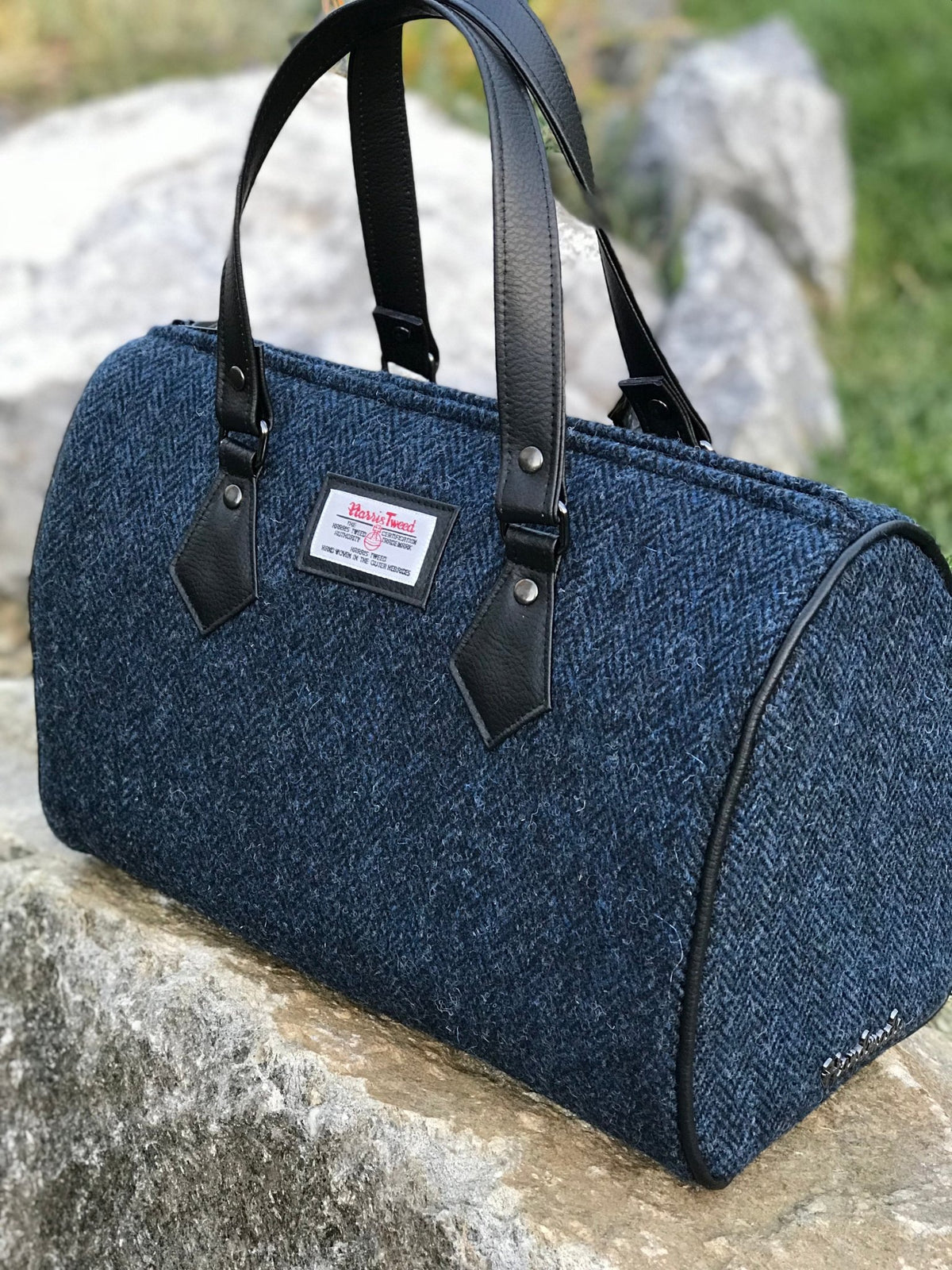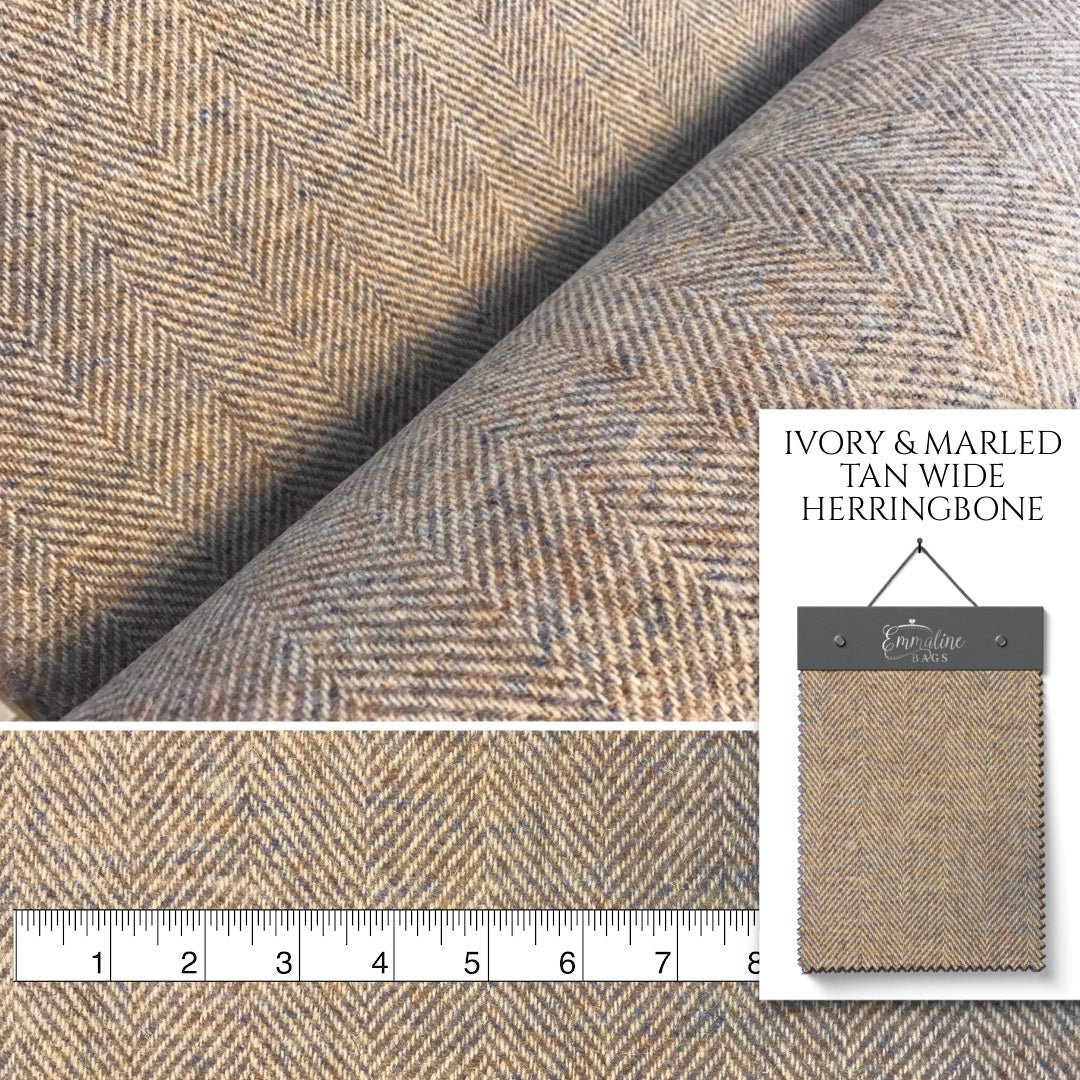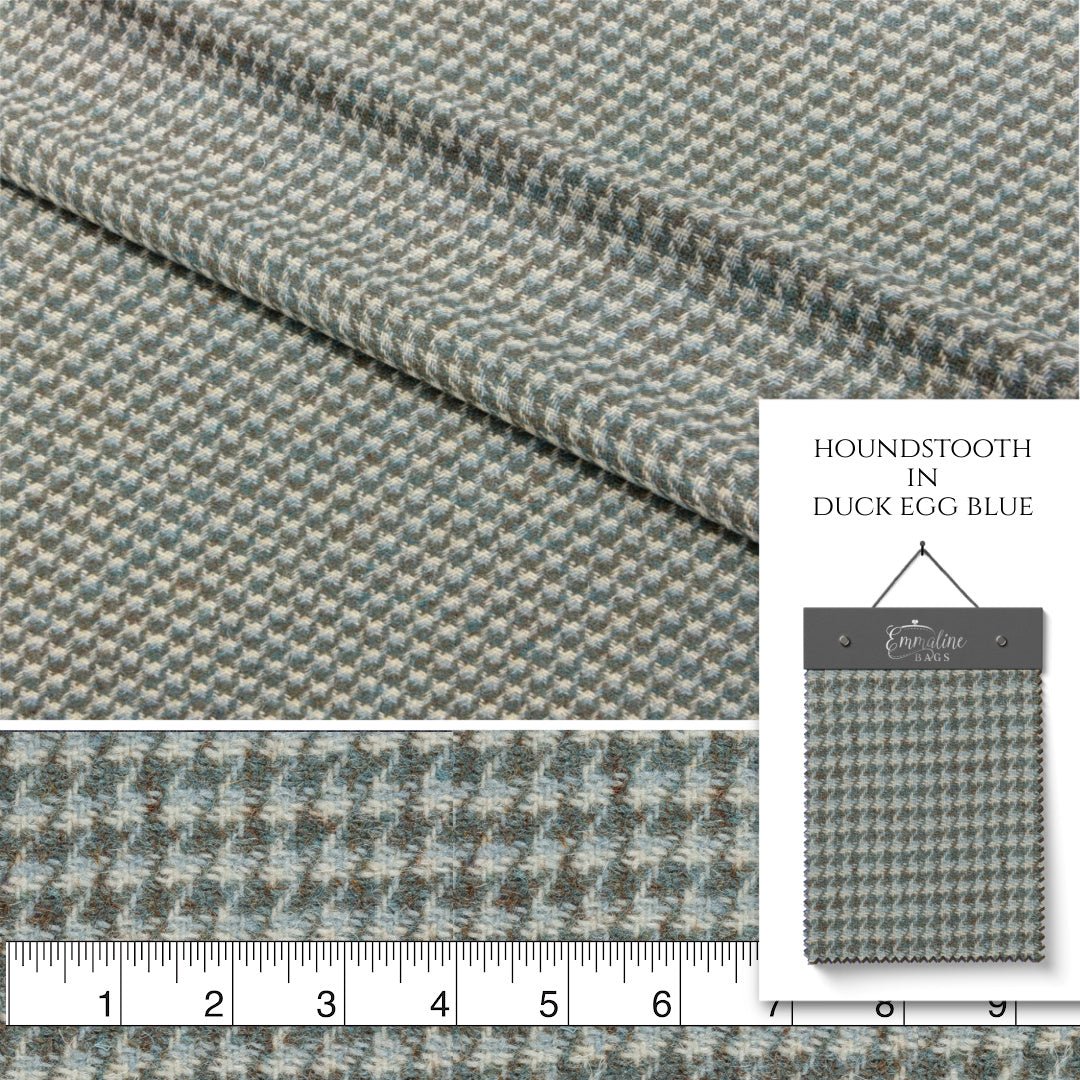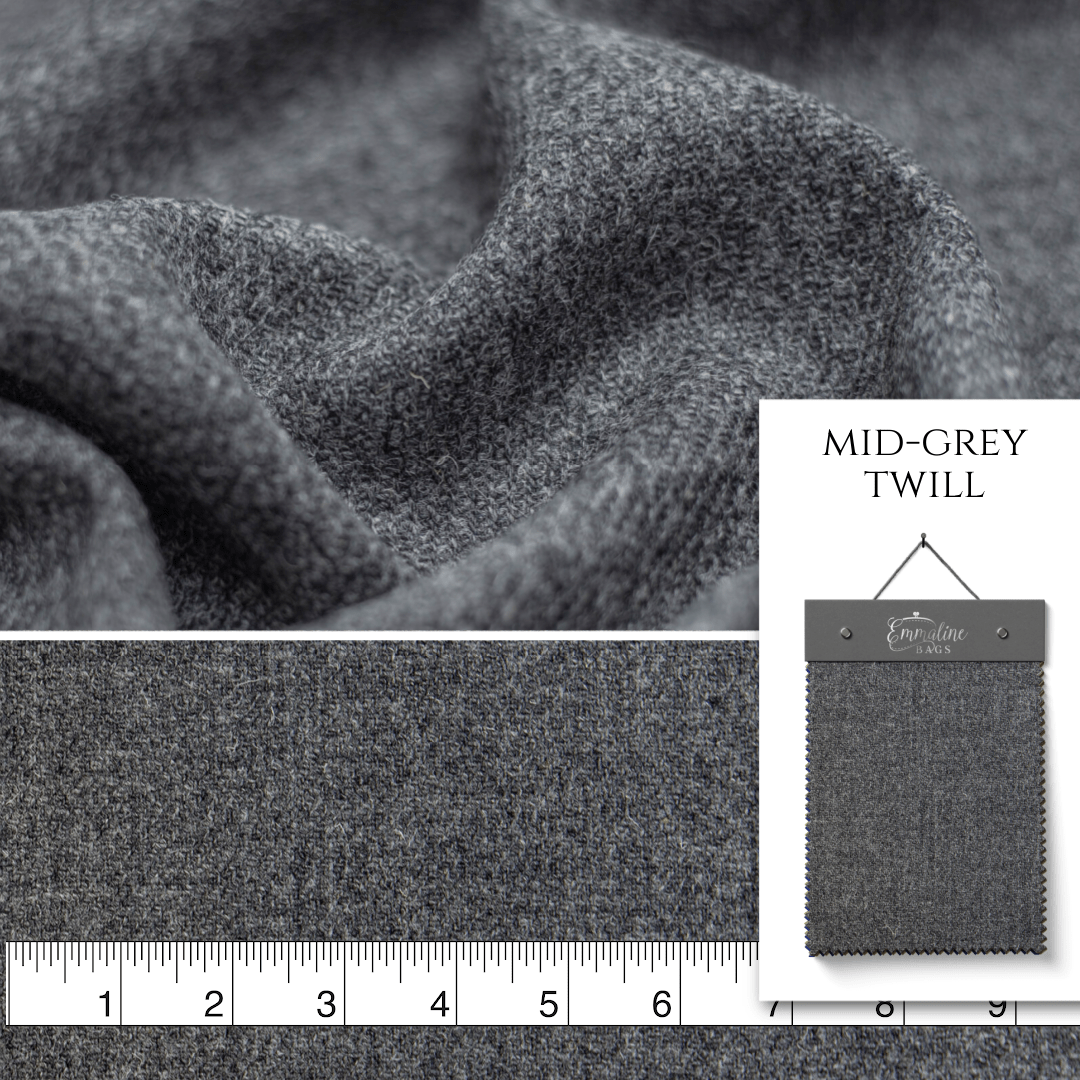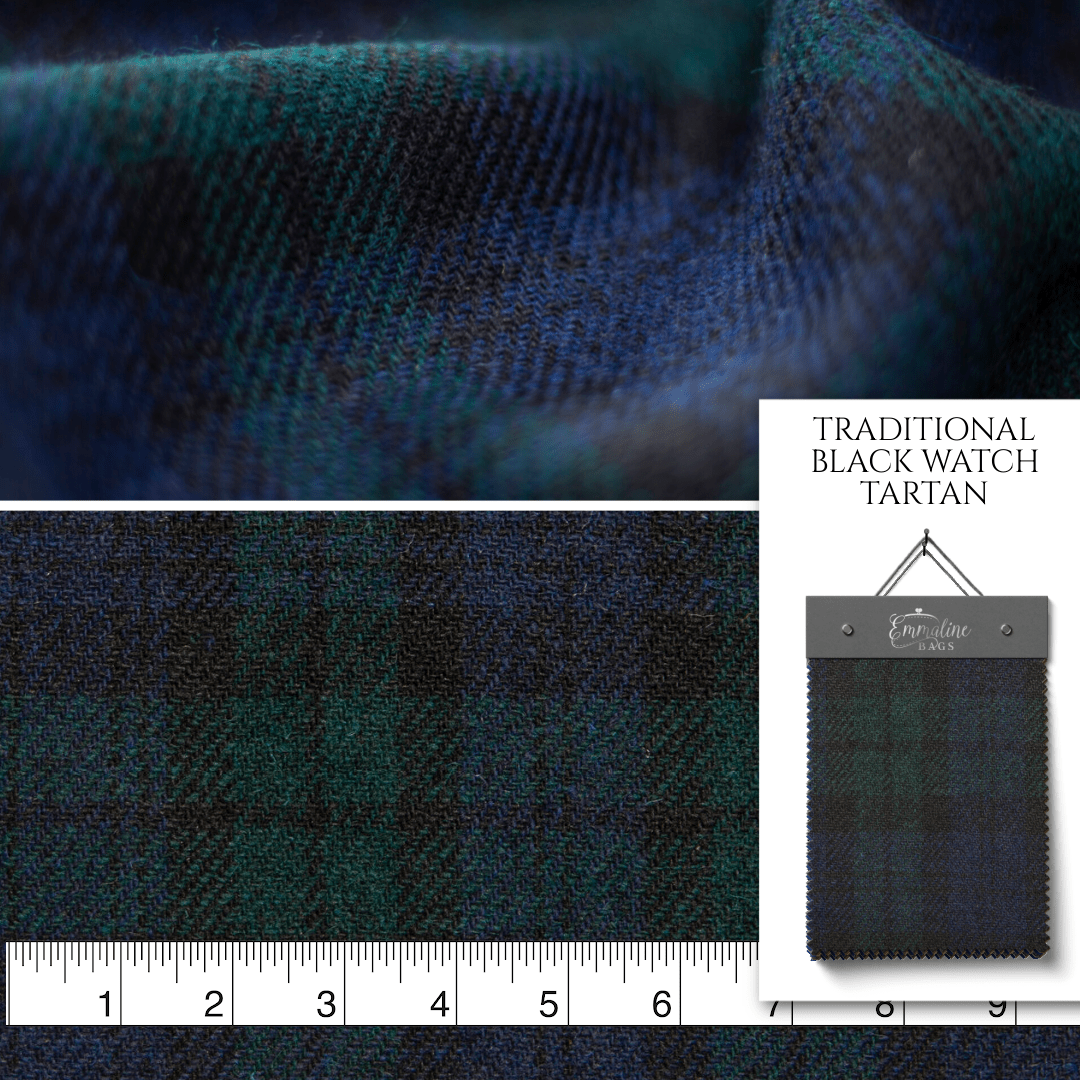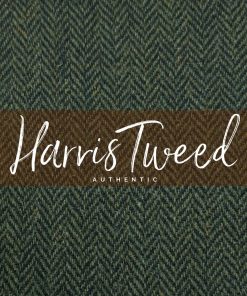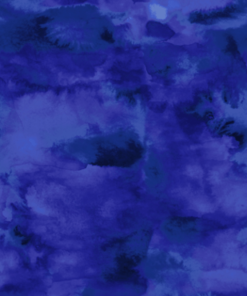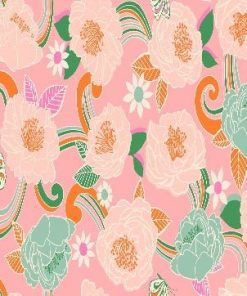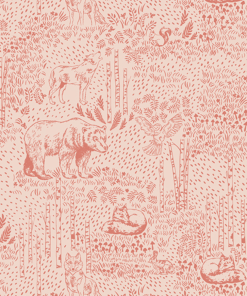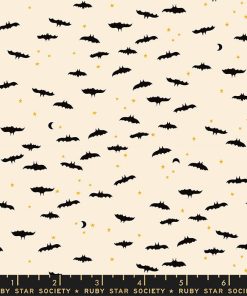HARRIS TWEED – Authentic Wool Tweed – PRECUT Harris Tweed Hebrides
$ 79,98 $ 39,99
Across the waters from Scotland, beyond the Isle of Skye lies the barren, rocky Isle of Harris. One hundred and fifty years ago, the islanders created a unique cloth, a tweed entirely woven by hand that was to become famous, known simply as it is today as ‘Harris Tweed’.
“100% pure virgin wool, dyed, spun and finished in the Outer Hebrides and woven by hand by the Islanders in their homes on the Islands of Lewis, Harris, Uist and Barra”
– Harris Tweed Herbrides
- Usable width 150 cm (59 Inches)
- Dry Clean Only
- 100% Virgin Wool,(450-500gms)
- Sold in 1/2 Yard & 1 Yard PRECUT
- 1/2 Yard: 18″ x 60″ (46 cm x 150 cm)
- 1 Yard: 36″ x 60″ (91 cm x 150 cm)
- If you need something cut longer than 1 yard, please let us know in the order notes and we will try to see if we can accommodate. There may be times when this is possible, but we have to know first.
Labels:
- Labels are optional and not necessary for personal use, you don’t need them on items you are selling either, unless you are advertising that your product is made with Harris Tweed.
- For items to have a label attached to them they must be made up of a minimum of 50% ‘Harris Tweed’.
- To use the “General Purpose” size labels included, it is recommended that they be used on items that are made up of a piece of ‘Harris Tweed’ that is at least the size of an A4 (US letter) sheet of paper.
- For anything smaller than an A4 (US Letter) sheet of paper, it is recommended that you used the smaller “Accessory Label”
Included in your order:
- Per ½ Yard cut: 2 General Purpose Labels & 2 Accessory Labels
- Per 1 Yard cut: 4 General Purpose Labels & 4 Accessory Labels
Harris Tweed Brand Authority Guidelines:
- Use labels according to the Harris Tweed Brand Authority Guidelines – Go Here.
TIPS + TRICKS:
- Fuse cotton woven interfacing (or non-woven light interfacing appropriate for wool) to back side (the slightly shinier side) of the tweed before you cut your pattern pieces. Use a wool setting with steam. Test swatch for pressing times. Use a pressing cloth to avoid scorching.
- Use a walking foot and a jeans needle.
- Avoid using sewing patterns with multiple layers, pleats, and bulky seams.
- Zigzag cut edges to reduce fraying
- Do not cut holes for eyelets & grommets if needed for a high stress or weighted area, like straps and handles.
- Separate threads to insert rivets, rather than punching holes.
- If holes are punched, always use FrayCheck.
- Be cautious when pushing out corners to prevent holes.
About Harris Tweed:
Originally, the wool was washed in soft peat water, and then coloured with dyes from local plants and moss scraped from the rocks.
The yarn was woven on a very early type of handloom that had a manually operated shuttle.
The formation of the ‘Harris Tweed Authority’ in 1909, ensured that the fabric was not in danger of being imitated, and of inferior quality. They devised the now famous ‘Orb’ trademark, which appears on every single Harris Tweed item, to prove that it is made from genuine Harris Tweed.
To this day, Harris Tweed is the only fabric in the world protected by an Act of Parliament. This states that it must be made ‘with 100% pure virgin wool, dyed, spun and finished in the Outer Hebrides and woven by hand by the Islanders in their homes on the Islands of Lewis, Harris, Uist and Barra’.
The unique Act is policed by the Harris Tweed Authority, who monitors all fabric on a daily basis. Every 50 metres of fabric is inspected and approved before being stamped by hand with the Orb trademark.
No other fabric can call itself ‘Harris Tweed’.
It is amazing to think in this mechanised and mass produced world, Harris Tweed is still woven by hand on the Western Isles of Scotland.
| Style | Grey Houndstooth, Black & Green Mix Herringbone, Dark Blue Twill with Red/Pink/Orange Overcheck, Navy and Black Herringbone, Ivory and Marled Tan Wide Herringbone, Houndstooth in Duck Egg Blue, Grey Herringbone with a Turquoise and Cerise Overcheck, Mid-Grey Twill, Traditional Black Watch Tartan |
|---|---|
| Size | 1 Yard (36" x 60"), 1/2 Yard (18" x 60") |
Fast Shipping and Professional Packaging
Thanks to our longstanding association with UPS FedEx DHL, and other leading global carriers, we can provide various shipping options. Our warehouse staff will package all goods to our exacting specifications. Before shipping your items will be thoroughly inspected and secured. Every day we ship thousands of packages to customers from all over the world. Our dedication to becoming the biggest online retailer around the globe is evident by this. The warehouses and centers of distribution are situated in Europe and the USA.
Orders that include more than 1 item are assigned processing times according to each item.
We will carefully examine all items before sending. The majority of orders will be delivered within 48 hours. Expected delivery times are between 3 and 7 days.
Returns
The stock is constantly changing and not fully managed by us due to the involvement of many entities, including the factory as well as our warehouse. The levels of stock can change at any moment. Please be aware that it is possible for your order to become unavailable even after you have placed the order.
Our policy lasts for a period of 30 days. If thirty days have passed since you purchased your product, we are unable to provide a refund or exchange.
The item you purchase must be in the original packaging and not be used. The item must be returned in the original packaging.
